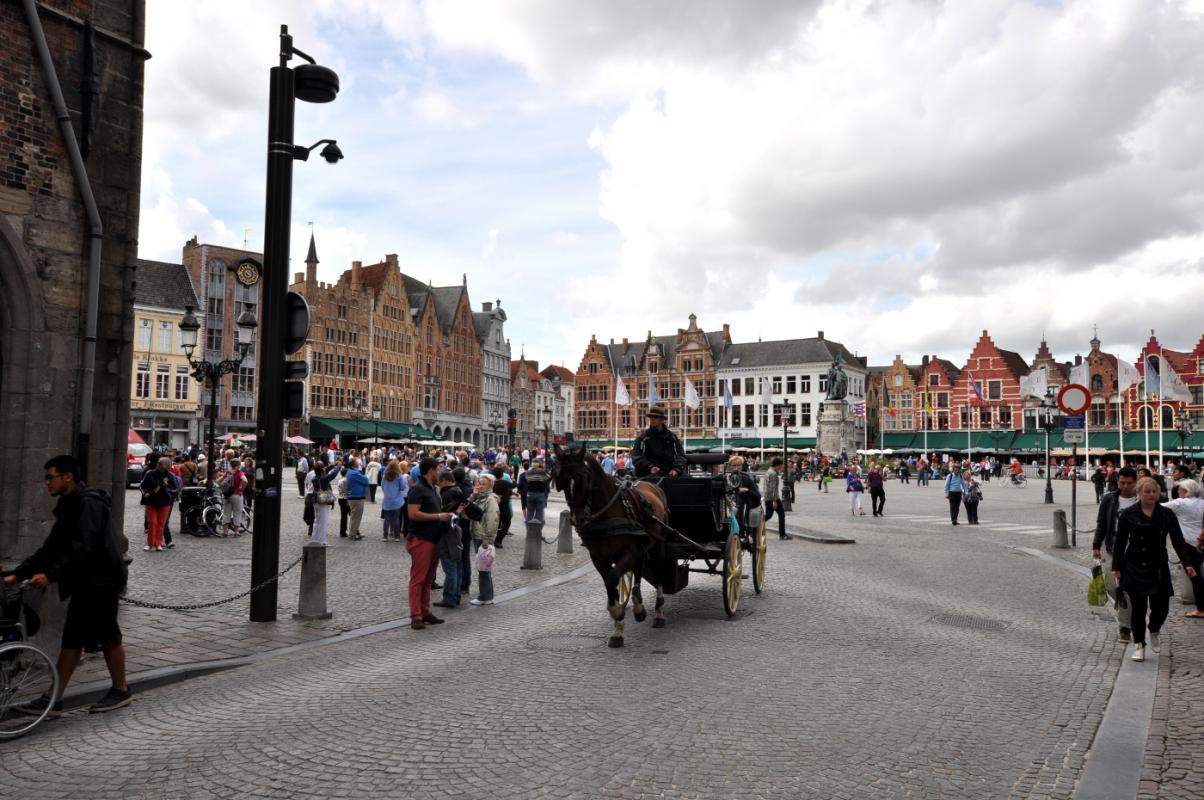
The study of the mind is witnessing yet another paradigm shift, as it marches into the previously unexplored terrains of architecture and urban planning. Last year, the neuroscientists who shared a Nobel Prize revealed to the world an astoundingly organic relationship that binds people with their physical surroundings.
Essentially, their research has demonstrated that the human brain seems to be naturally equipped with its own navigation apparatus – a sophisticated, internal Global Positioning System. If only Baudelaire and the flâneurs of the 19th century had been alive to learn of such a discovery! Consider what this largely supports: the public spaces we design, the urban landscapes we plan, and the architectural form we implement have variegated effects on our physiology, psychology, and sociology. The responsibilities of urban planners and architects – the planning and design of sustainable cities, infrastructures, and spaces – then, take on a whole new level of significance.
Traditionally, the pervading relationship between man and city has been one-sided at best; that is, the focus has been on how urban dwellers shape their milieu through various modes of living – work, transportation, leisure, community, public life, creative production, and so forth. Until recently, however, the converse of that relationship has been overlooked: how does the city shape its citizens? How does public space affect mood, emotion, interaction, bodily health, sociability, habit? Questions like these mark the beginning of a multidisciplinary alliance among neuroscience, psychology, urban planning, and architecture, whereby new corpora of knowledge can be felt across the horizon. A growing offshoot of such an alliance is a field known as neuro architecture.
In the opening minutes of Andreas Dalsgaard’s The Human Scale, professor Jan Gehl, contemplating the future of the city, asks two pertinent questions: “Does the way we build cities invite for human interaction, inclusion and intimacy? Where is the scale for measuring happiness in a city?”
By 2030, it is estimated that approximately sixty percent of the world’s population will live in cities. It is noteworthy to mention that at the turn of the 19th century, that figure was as low as five percent. Clearly, there has been an ongoing surge in the urban population all around the world; the city has become a global phenomenon. Yet, I find that many of the landmark cities of the 21st century are still modelled on a very dangerous assumption: pedestrians (and their experiences) are secondary to the efficiency of mass-transportation and practicality of suburbanization. Fortunately, scientific progress is, quite painstakingly, unveiling the folly of such an assumption, and reclaiming the pedestrian’s long lost priority.
If we are to optimize the liveability and sustainability of our cities and spaces, and thus our quality of life, understanding how the city transforms people is just as crucial as understanding how people utilize and shape the city. If we are, in the words of professor Gehl, to envisioncities for people – and not industrial wastelands fitted with dizzying highway complexes for automobiles – we must find out how different features of the city play a role in our individual and collective change.
Here at the University of Toronto in Canada, a recently proposed revitalization initiative aims precisely to prioritize pedestrians and bicyclists, thereby potentially refining the quality of public student life. Having always revelled in the creative diversity of public life, I am certainly thrilled to recreate my pedestrian experience on the historic, urban campus. ![]()
This article was orignally authored by Omar Bitar from Neuroscience & Sociology at University of Toronto and published on the Gehl Blog by Gehl Architects. To view the original article, click here.

